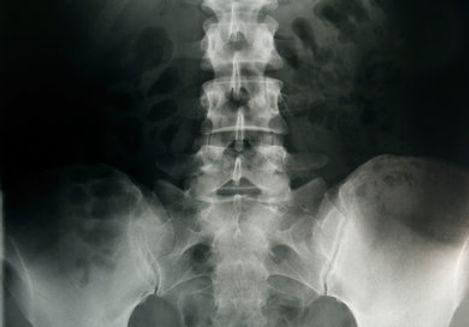Author: Randeep Singh / go to all articles on Yoga cure
Yoga for pelvic health:
Pelvis is the part of the body which is located below the abdominal cavity; rather a few organs of the abdominal cavity descend into the pelvis, and right above the lower limbs -The legs.
It is basically a bony bowl shaped girdle like structure made of four bones. Yoga for Pelvic health equally works on all the four bones of the pelvis.
Two laterally curved hip bones forming the two halves of the girdle are joined together posteriorly by the sacrum & Coccyx (lower spine) and by the joining together of their own anterior ends, the pubic bones. Pelvic cavity is the space enclosed by the encircling of the hips bones around it. All the major organs of the pelvis are securely placed in the pelvic cavity surrounded by a highly stable armor called the pelvis.
The construct of the pelvis is of a weight bearing stable structure; the joints of the bones making the pelvis are not mobile but are meant to impart stability and strength to the structure. The stability of the pelvis provides the needed support to the upper body against the more mobile lower limbs.
Another of the functions of the pelvis is to mediate in the smooth transfer of the weight of the upper body on to the lower limbs. The main hip bones are individually made up of three bones which are permanently fused together in adults, the Ilium, Ischium, and the pubis.
The ilium is the largest among the three and resembles a fan in appearance. Ilium is united with the sacrum by the sacroiliac joint. Ischium is the loop like part of the hip bone which hands on the lower edge of the pelvis. This bone acts as a support from the below while the body is in the sitting position, thus it is also known as the sitting bone.
The pubis form the front part of the girdle below which hangs the loop of ischium. The pubis bones of both the hip bones are joined together at the pubis symphysis joint, completing the circular shape of the upper rim of the girdle. While standing in a proper posture the pelvis must slightly tilt forward.
The hip joint is present at the junction of the fusion of the three hip bones known as acetabulum. Acetabulum is present on the lateral side of the hip bones. The hole, gap which the loop like shape of the ischium makes between itself lying below and the pubis bone above is known as obturator foramen.
The main functions of the pelvis are to close the abdominal cavity from below and provide support to the viscera being held within the this cavity. These two functions necessitate the interweaving of a number of muscles and ligaments in between the bones comprising the pelvis for a stronger base.
Yoga exercises to strengthen the pelvis
A lot of our habits, injuries, and fears make the pelvis stiff, pelvis is not meant to be flexible but it need not be rod stiff as well. The pelvis floor forms an intrinsic part of the reflexive core, or the major muscle groups situated around the core of the body, the diaphragm, the pelvis floor, multifidus muscles or the muscles of the lower back, and the transverse abdominal muscles surrounding the core.

Health of the pelvis impacts the health of the core of the body. One can effectively stretch the pelvic floor with yoga and benefits on a number of fronts from it. Women, especially the one’s preparing to have children need a strong and flexible enough pelvis for having a normal delivery.
The body which has to bear the child needs to have a pelvis strong enough to support the thrust, pressure coming off the birthing process along with being pliable enough to allow the baby to emerge from it.
Yoga asanas for the pelvis help control the problem of incontinence as it tones the muscles responsible for regulating the defecation process at will. Regularly practicing yoga asanas for pelvis can improve bladder control along with enhancing the sexual pleasure in both the sexes.
A weak pelvis is directly connected to the lower back pain, the muscles of the lower back and the pelvis are entwined to provide stability to the lower spine, in case this complex of muscles is not toned enough the lower back becomes unstable leading to muscular and nerve related discomfort.
Yoga asanas for the pelvis or the tail bone pain exercises can help transfer the forces of compressions and extension smoothly through the spine during normal day to day movements.
A stable and strong pelvis can take the stress and load of stabilizing the upper body on its own which can prevent wear and tear to other weight bearing joints which would have otherwise compensated for a weaker pelvis. Yoga for pelvic floor prolapse is good for the urogenital health.
Yoga pranayamas which form a intrinsic part of the yoga for pelvic health directly impact the pelvic floor as the intra-abdominal pressure shifts towards the pelvic floor with each inhalation and as the pelvic floor contracts and rises up with each exhalation.
Yoga for Pelvic health
More interesting articles….

